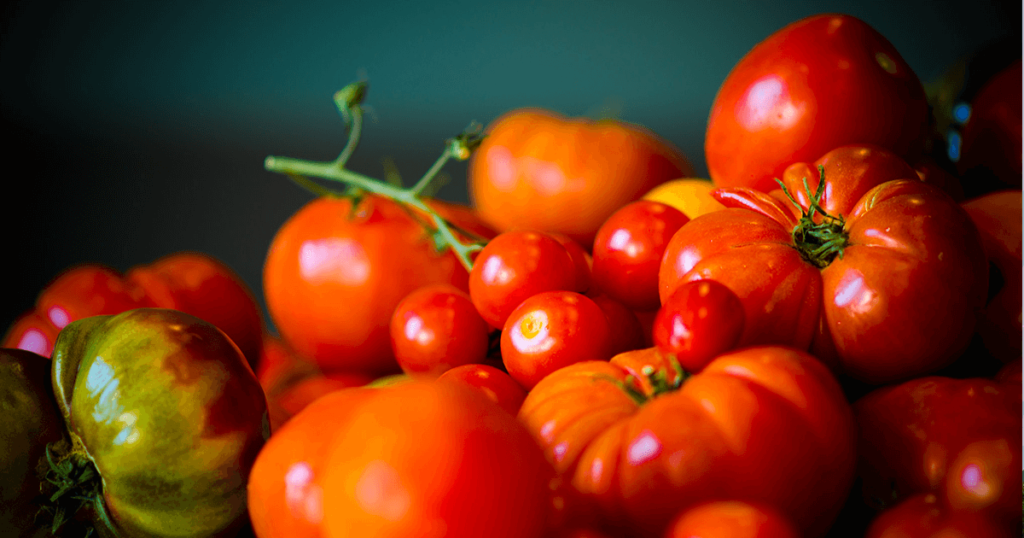
I use a lot of tomato in my cooking. There’s tomato sauce for pasta, spinach lasagna, and eggplant parmesan, and whole tomato for an eggplant, onion, and béchamel dish that, no matter the number of times I attempt it, falls short of my memory of the meal French friends fixed here at the house on a visit. For pisto, the all-round winner in terms of ease and tastiness, it’s stewed tomato with onion, green pepper, and zucchini, all sautéed in olive oil and flavored with paprika. A British friend visiting one August wolfed down a fresh tomato each morning in slices on toast, drizzled with olive oil. To keep her company, I wolfed down another. Can’t have too much tomato, really. Toast gone, we sliced up a third to eat straight.
Some years ago, a TV show took as its title the expression aquí hay tomate, which means something’s going on. You’d use the expression to suggest an affair, two people having a thing, as we might say in colloquial English. In Spanish you can call it a lío, or similarly, a rollo. You can also say of the two people that they are enrollados, in a tangle.
A lío is also a problem, and a rollo also means a tedious situation. Parents warn teenagers about getting stuck in líos and people of all ages complain about rollos. What does it say about the Spanish attitude towards love that these are the expressions to say love is in the air? And why tomate?
Tomate, too, it turns out means a problem, a struggle, a fight. But the Spanish love tomato. Besides pisto, they make gazpacho, and in addition to that cold tomato soup, there’s salmorejo, another cold tomato soup. The Catalans rub garlic and tomato pulp on bread and call it pan tumaca, and it works for breakfast or as an appetizer.
The program Aquí hay tomate ended about 10 years ago. It lasted five. How many affairs last that long? I once learned the three- and seven-year marks are when relationships often end, while a character in a William Trevor short story muses that six months is the usual run for a love affair. I guess five years is about right for serious tomate, but not nearly long enough for the heirloom kind, those that we wish to preserve and keep alive. What I’m not sure about is those affairs that are on-again, off-again—does it count as long-lived if it limps along like that, taking time out? If it’s no good the first time around, why would you expect it to be better the second? It must be that people miss even a meager love, and will sign on for more of the same when no alternative is available. That’s apparently the case with the TV show, which is rumored to be getting a second chance on a Madrid TV channel. I’ve never seen it, but I have seen affairs that people can’t be happy with, but can’t be happy without. At least not until something really fine, really tasty, comes along to fill their plate. Until then, they get along with plain old tomate.

